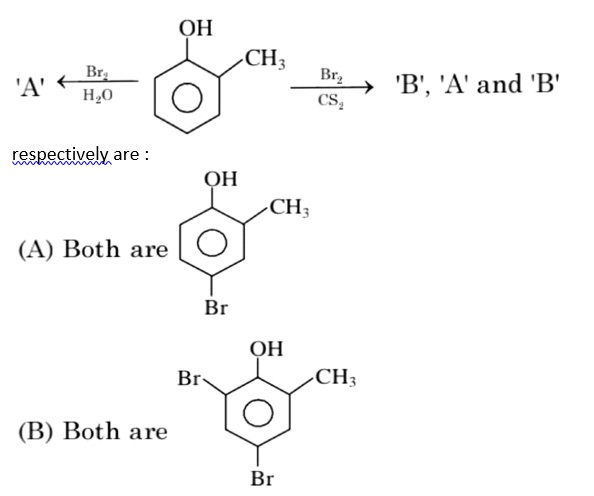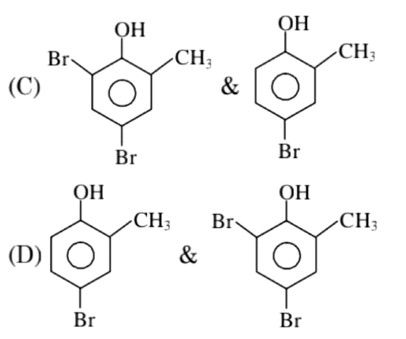Out of following the number of complexes which are diamagnetic is / are
(i) [Co(H₂O)₆]Cl₃
(ii) [Co(NH₃)₆]Cl₂
(iii) [Fe(CO)₅]
(iv) [Ni(NH₃)₆]²⁺
(v) K₂[NiF₆]
(vi) K₂[PtCl₄]
(vii) Na₂[ZnCl₄]
Out of following the number of complexes which are diamagnetic is / are
(i) [Co(H₂O)₆]Cl₃
(ii) [Co(NH₃)₆]Cl₂
(iii) [Fe(CO)₅]
(iv) [Ni(NH₃)₆]²⁺
(v) K₂[NiF₆]
(vi) K₂[PtCl₄]
(vii) Na₂[ZnCl₄]
-
1 Answer
-
[Co (NH? )? ]Cl? and [Ni (NH? )? ]²? are paramagnetic.
Similar Questions for you
CoCl3.NH3 + AgNO3
x = 5
In H2O (polar solvent) dibromophenol derivative and in CS2 (non-polar solvent moneobromo phenol derivate is obtained.
3d => 4d => 5d CFSE increases for the same ligands.
Factual
⇒ leaching methods is used for those metal in which metal is more soluble than impurities and these are Al, Au, Ag, low grade Cu
σ bonded organometallic compound ⇒ M – C
σ-bond
and in π – bonded organo metallic compound
M – C
π bond
In ferrocene, there is π-bond
Taking an Exam? Selecting a College?
Get authentic answers from experts, students and alumni that you won't find anywhere else
Sign Up on ShikshaOn Shiksha, get access to
- 65k Colleges
- 1.2k Exams
- 679k Reviews
- 1800k Answers



